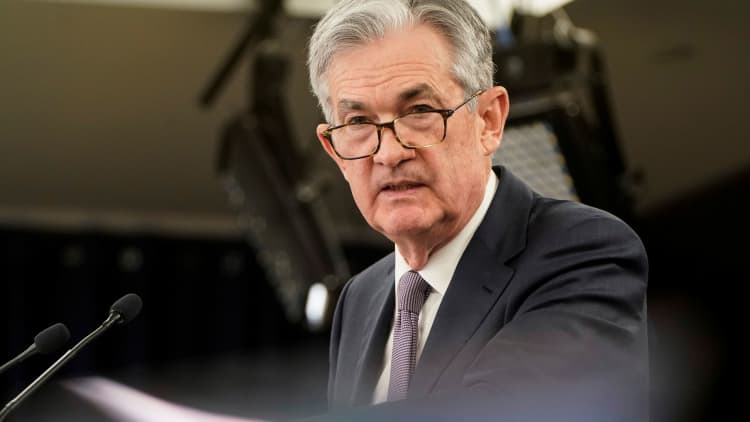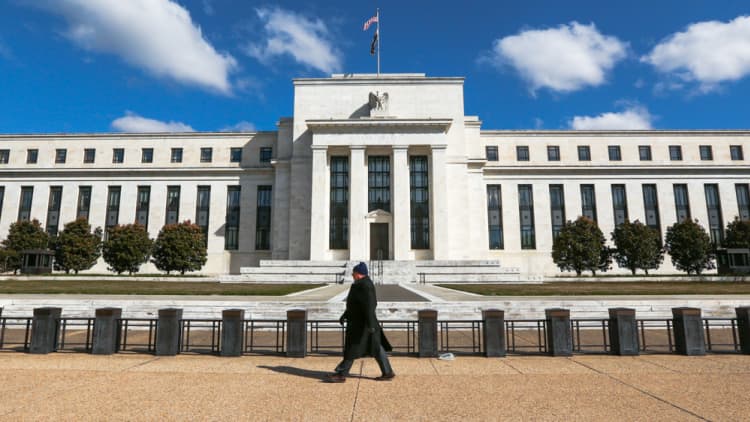
WASHINGTON — While the Federal Reserve kept its benchmark rate steady, it did make an adjustment Wednesday to the interest it pays on funds stored at the central bank.
The Fed boosted the interest on excess reserves rate 5 basis points to 1.6% even as it kept the benchmark funds rate in a target range of 1.5% to 1.75%.
Fed officials characterize the moves on the IOER as technical adjustments, though markets are watching the situation because it also is a reflection of where the funds rate trades while the central bank figures out the level where it needs to keep its balance sheet. The IOER is used as a guardrail for the funds rate.
The Fed had cut the IOER last year as the funds rate moved to the top of its range. In recent months, though, the funds rate had been near the bottom of its range, around 1.55%, whereas the Fed prefers to keep it near the midpoint. Officials hope that by moving the IOER higher it also will boost the funds rate.

The machinations come as the Fed looks to figure out what is the proper level of reserves banks need to operate comfortably. The issue popped up in September when the overnight repo market, where banks go to fund their short-term operations, malfunctioned and saw a brief spike in rates.
Since then, the Fed has been conducting its own repo along with longer-term operations that have pushed its balance sheet back over the $4 trillion mark. Fed officials have said they intend to continue the operations through April, and to keep buying Treasury bills through the second quarter.


